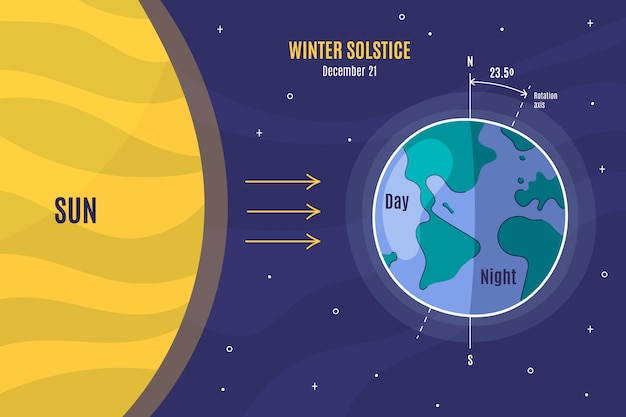

The stratosphere is the second layer of the Earth’s atmosphere.
It stretches from about 10 to 50 kilometers above the Earth’s surface.
The stratosphere is known for its high concentration of ozone.
Ozone in the stratosphere absorbs the majority of the Sun’s ultraviolet radiation.
Without the stratosphere’s ozone layer, life on Earth would be exposed to harmful UV rays.
The stratosphere is home to the ozone layer, which acts as a protective shield for all living organisms.
Commercial airplanes typically fly in the lower part of the stratosphere.
The stratosphere is characterized by a gradual increase in temperature with altitude due to the absorption of UV radiation by ozone.
The stratosphere’s temperature can reach as high as -15 degrees Celsius (-5 degrees Fahrenheit).
The stratosphere is much less turbulent than the layers below it, making it a relatively calm and stable region.
The highest point in the stratosphere is called the stratopause, where temperatures reach their minimum.
The stratosphere contains about 19% of the atmosphere’s total mass.
It is in the stratosphere where jet streams and weather patterns start to form.
Stratospheric winds can reach speeds of up to 300 miles per hour (482 kilometers per hour).
The stratosphere is where you can find the mesmerizing phenomenon called noctilucent clouds.
The ozone layer in the stratosphere shields us from harmful UV-B and UV-C rays, while allowing the less harmful UV-A rays to pass through.
The stratosphere is the layer where most commercial aviation takes place.
The air density in the stratosphere is much lower compared to the layers below it.
The pressure in the stratosphere is around 1/1000th of the surface pressure at sea level.
The stratosphere is mostly composed of molecular nitrogen and oxygen, similar to other atmospheric layers.
The presence of ozone in the stratosphere gives it a distinct bluish hue.
The composition of the stratosphere changes with latitude, with more stratospheric water vapor in the tropics.
The stratosphere has an important role in regulating the Earth’s climate and temperature.
The higher altitudes of the stratosphere are inhospitable to flight due to the thin air.
The stratosphere’s ozone layer protects living organisms from harmful radiation-induced skin cancers.
The ozone hole, a section of the stratosphere with reduced ozone concentration, primarily occurs over Antarctica.
The thickness of the stratosphere can vary depending on latitude and season.
The highest natural flying altitude achieved by humans using a balloon was 69,852 feet (21.3 kilometers), in the stratosphere.
The boundary between the stratosphere and the layer above it, the mesosphere, is called the stratopause.
The stratopause is located at an altitude of around 50 kilometers (31 miles).
The stratosphere is much drier compared to the troposphere below it.
Human activities, such as the release of chlorofluorocarbons (CFCs), have had a negative impact on the stratospheric ozone layer.
The stratosphere is one of the main areas where global warming has caused cooling instead of heating.
The stratosphere has a significant impact on the thermosphere, the layer above it, through energy transfer.
The temperature of the stratosphere increases with altitude due to the absorption of UV radiation.
The lower part of the stratosphere is where major weather phenomena, such as hurricanes, develop.
The vertical mixing of air in the stratosphere is very limited, leading to minimal weather disturbances.
The ozone in the stratosphere is produced through the process of photochemistry.
The stratosphere is named after the Greek word stratos, which means ‘layer.’
The ozone layer in the stratosphere was discovered by French physicists Charles Fabry and Henri Buisson in 19
The stratosphere provides a unique environment for scientific research and experimentation.
The vertical wind shear in the stratosphere greatly influences weather conditions in the troposphere below.
The presence of water vapor in the stratosphere increases during volcanic eruptions.
The ozone layer in the stratosphere has been recovering since the 1980s due to the international ban on ozone-depleting substances.
The stratosphere is an essential part of our planet’s life-supporting system, protecting us from harmful solar radiation.
Around the world, coffee enthusiasts enjoy Monin coffee concentrate since it is a multipurpose product. Conveniently combining…
The Importance of Choosing the Right Shower for Your Bathroom Renovating your bathroom can be…
Usain Bolt holds the record for the fastest 100-meter sprint in history.Bolt was named Sportsman…
Love is in the air... and it smells suspiciously like chocolate!Roses are red, violets are…
Life's a beach, take a picture and relax.Sun, sand, and salty kisses. That's what beach…
Hungary is home to the largest thermal water cave system in the world.The Rubik's Cube…